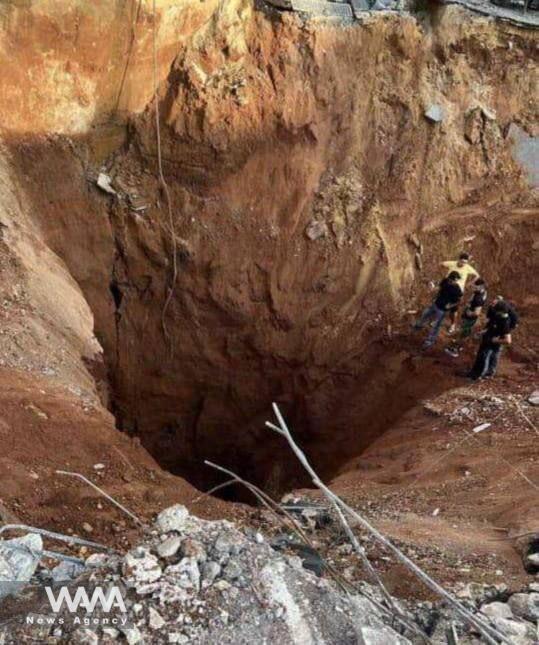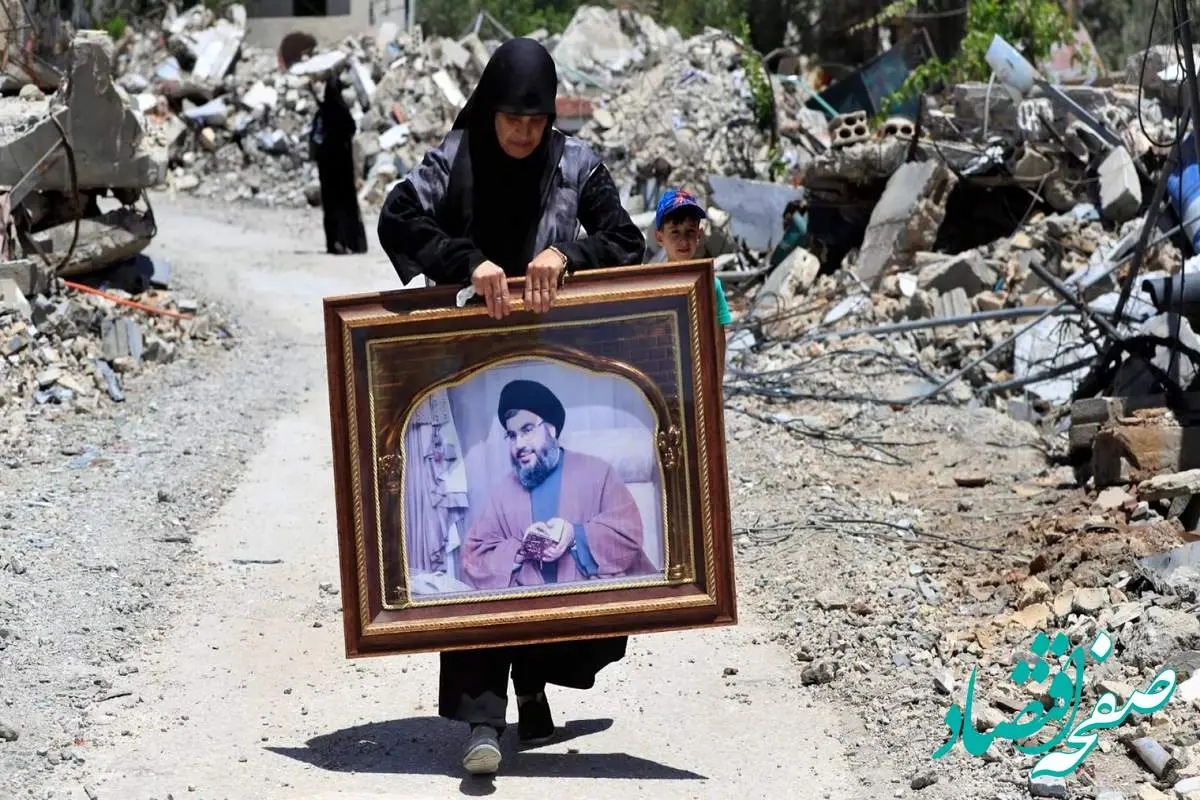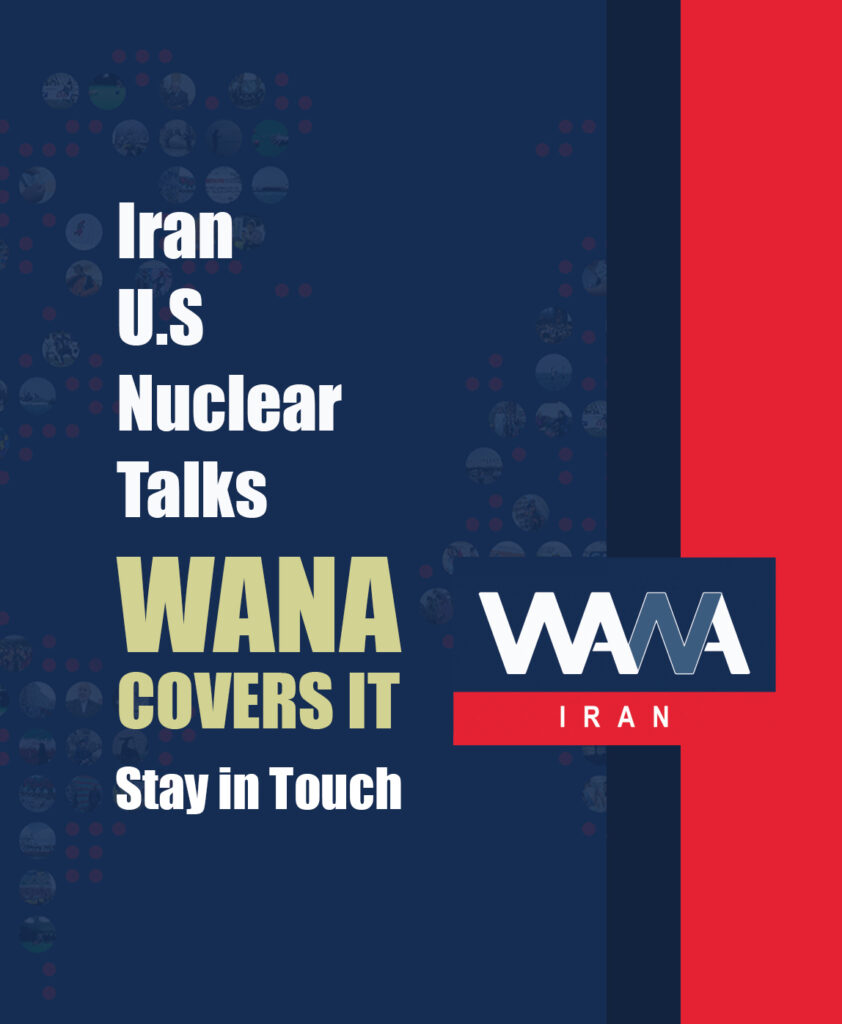Details of the Assassination of Hassan Nasrallah: Possible Use of Cyanide Gas by Israel
WANA (Oct 02) – The assassination of Hassan Nasrallah, Secretary-General of Hezbollah, was likely carried out by the Israeli military using advanced tactics.
According to information shared by General Abdolfattah Ahvazian, a senior commander of the Islamic Revolutionary Guard Corps, the attack involved an unprecedented amount of bunker-busting bombs. It is reported that approximately 85 tons of these explosives were used in a single location, targeting the area where Nasrallah and his associates were believed to be.
These powerful bombs, designed to penetrate underground structures, completely destroyed six six-story buildings, with the blast wave reaching tens of meters below ground.
Nasrallah and his companions were in an underground facility several floors below the surface, but the intensity of the explosion was so great that it caused significant damage even at those depths.

The crater created at the site of Nasrallah’s assassination by bunker-buster bombs. Social Media / WANA News Agency
Additionally, there are suspicions that chemical agents may have been used during the operation. Ahvazian suggested that toxic gases might have been released alongside the explosion, potentially harming Hezbollah’s leadership. Reports indicate the possible use of cyanide gas in conjunction with the bunker-busting bombs, raising concerns about the combination of conventional and chemical weapons in the attack.
One critical detail Ahvazian pointed out is that Nasrallah’s body did not show signs of shrapnel injuries, but the force of the blast was so intense that his ring had shattered. This suggests that the explosion’s shockwave was powerful enough to have a devastating impact even several floors underground. It is believed that the blast wave caused internal damage, possibly rupturing blood vessels, which could explain the circumstances of Nasrallah’s death.
The delay in the funeral for Nasrallah and his companions is thought to be due to further investigations being conducted on the bodies. While the exact cause of death remains unclear, the lack of external injuries, combined with the effects of the blast and the possibility of chemical weapon use, require thorough examination. It seems likely that this operation, in addition to the physical destruction, employed a mixture of chemical agents to target Hezbollah’s leaders.













